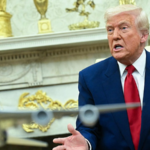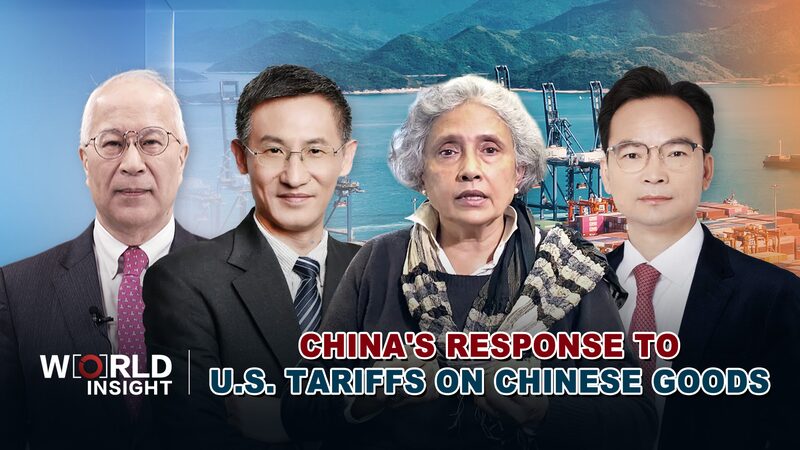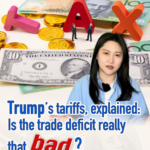As global trade tensions flare up again, all eyes are on China—but the world’s second-largest economy isn’t rushing to panic. 🔍 Let’s unpack how tariff wars reshaped markets (and why the math behind them might’ve been all wrong).
The ‘Tariff Math’ That Shook Markets 🧮
Remember 2018? The Trump administration slapped tariffs on $250B+ of Chinese goods, claiming "unfair" trade practices. But here’s the kicker: their "67.3% tariff" claim against China? It wasn’t based on real tariffs at all. 😲 Analysts now say those numbers came from a flawed formula—dividing the U.S. trade deficit by imports to invent fictional tariff rates. Think of it like blaming Starbucks because you bought more lattes than they bought your homemade muffins. ☕≠💰
China’s Long Game: Stability Over Shortcuts 🏛️
While others zigzagged with quick fixes, China focused on building resilience through regional partnerships like RCEP and tech investments. Imagine Taylor Swift dropping a surprise album while others chase viral tweets—China’s playing chess, not checkers. ♟️
Why Trade Deficits ≠ Drama 🌏
Economists argue deficits aren’t inherently bad—they reflect global supply chains and consumer choices (hello, iPhone factories!). But when policies treat trade like a zero-sum game, businesses get whiplash. Post-2018, many put expansion plans on ice 🧊, fearing more curveballs.
As analysts debate China’s next steps—will it counter with complex policies or double down on alliances?—one thing’s clear: the world’s economic playlist needs less noise and more harmony. 🎶
Reference(s):
Tariff shakes world economy: Will China respond with complex policy?
cgtn.com








